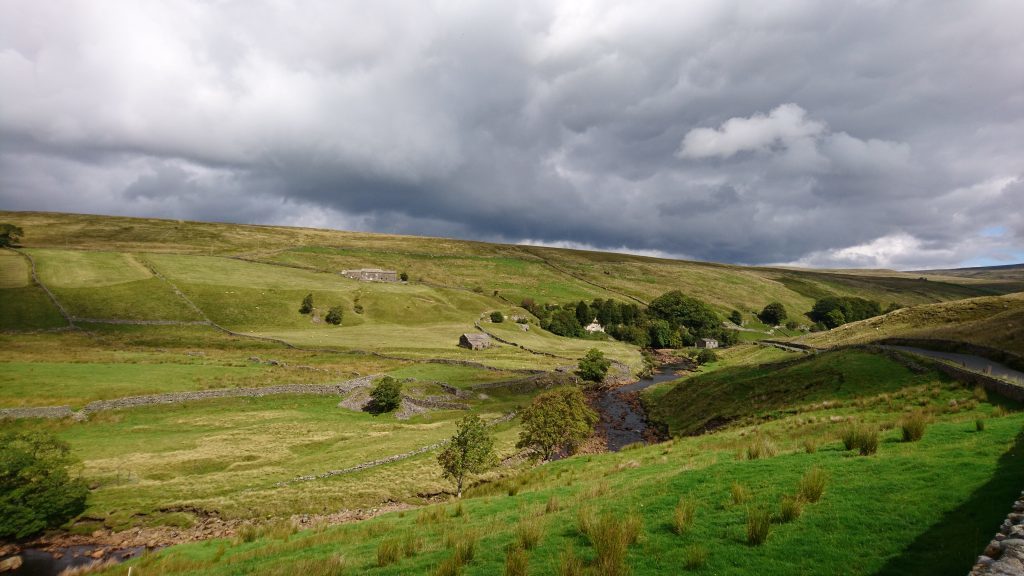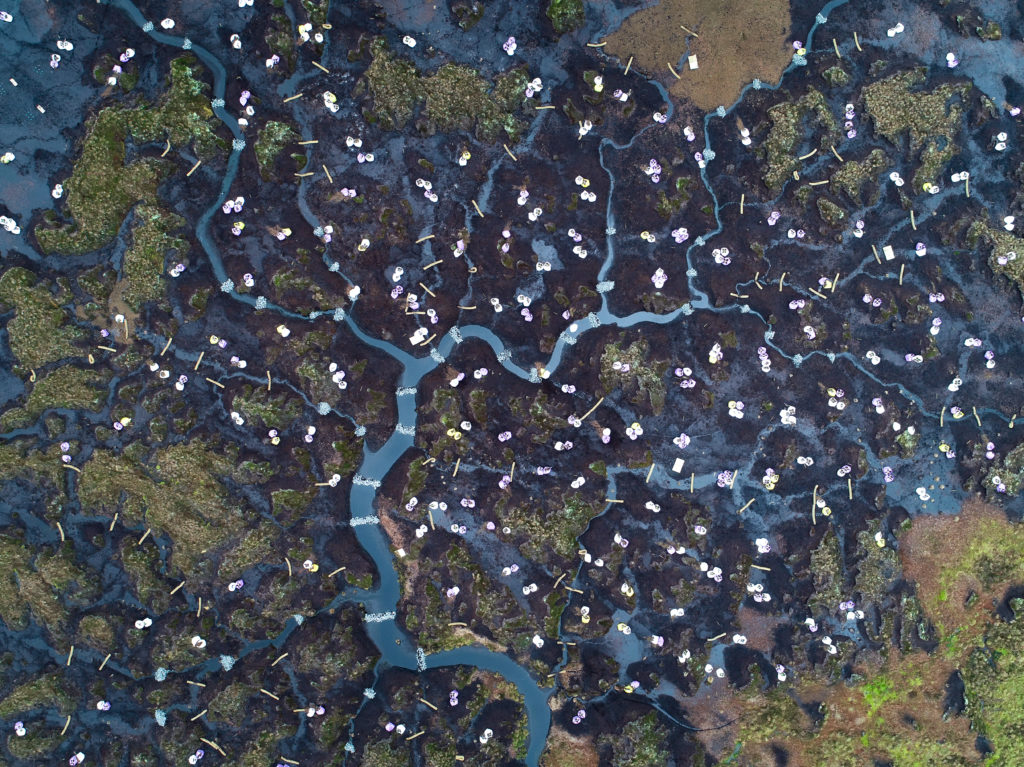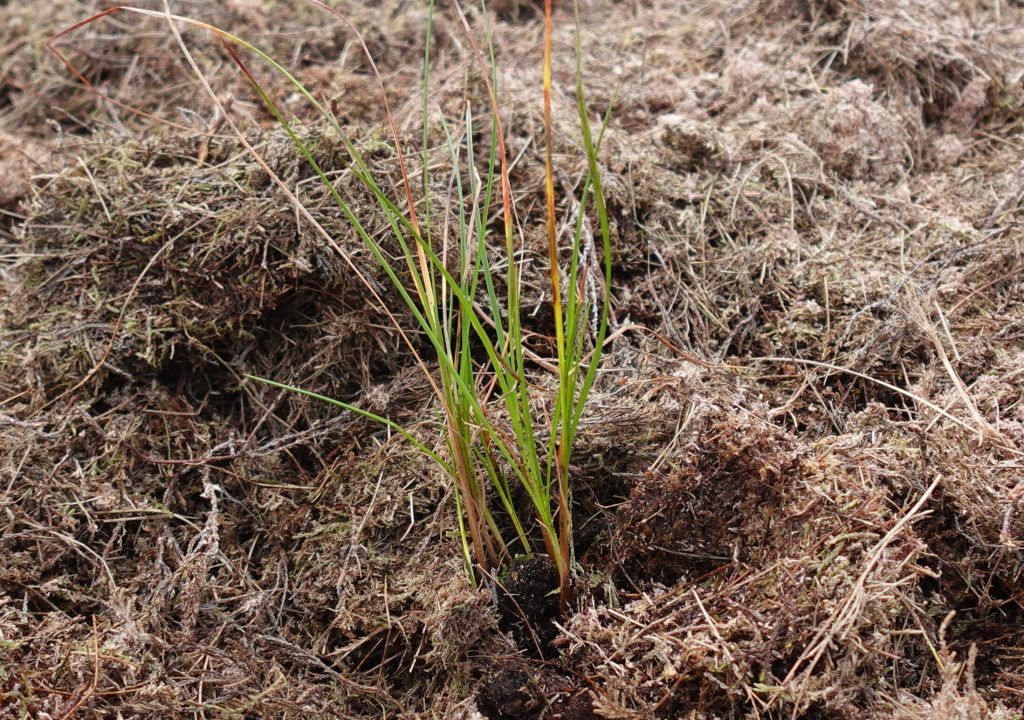What we do
Trail cameras
Trail cameras provide a look into the secretive wildlife that calls the Fellfoot Forward area home, and now residents can borrow cameras to see for themselves. The Fellfoot Forward Citizen Science project has four top of the range trail cameras ready for people within the scheme area to borrow.
A trail camera is a sensor activated camera that can be used to take images and videos of passing wildlife. The benefit of using a trail camera is that it causes almost no disturbance to the animals, and they are often unaware that they are even being photographed. This is especially useful for nocturnal wildlife that we don’t often get to see, such as foxes, badgers and hedgehogs. Trail cameras are attached to structures like trees or fence posts and are triggered with motion detection and infra-red sensors when an animal passes in front of it.
The trail cameras will be available to any resident, school or group who wants to use them within the Fellfoot Forward scheme area. The borrower will be provided with everything they need to get set up and recording. Cameras can be placed in school playgrounds, community green spaces, and private gardens as long as there is landowner permission. If you would like to get involved but don’t know where you would be able to place a camera, please get in touch and we can put you in contact with a local landowner who would be happy to host a camera.
So whether you are a community group wanting to get involved for your local area, or a parent looking for an interesting summer holiday project for your family, please get in touch to find out more. To arrange a trail camera loan, email Sam Tranter.
What have we found so far?
Several local groups and residents have already taken advantage of the trail camera lending scheme. Two of these volunteers have also now got the bug for camera trapping and have gone on to purchase their own cameras for round-the-clock use in their gardens and school yards.
Some highlights, taken from all of these clips, can be viewed in the videos below. You can see an unlikely interaction between a domestic cat and a hedgehog, a curious roe deer, a nocturnal fox, badgers, and a polecat.
What makes a good place for a camera?
Finding the perfect spot for a trail camera can be tricky, you need to take into account the time of year, the weather, and the potential disturbance from people which can all cause false triggers.
Wildlife tends to prefer to stay in its natural habitat and usually with some nearby cover – so pointing a camera at a football pitch is unlikely to produce any good results (and lead to lots of false triggers of people moving around in the background).
A good starting point is to think if there are any features in your garden that a wild animal would use – a hedge, tree, pond, or bird feeder are all good starting points. Next, look for any signs animals may already be using this area – worn in tracks on the grass, poo, and holes in fences or hedges.
To position the camera, it needs to be fixed to something solid, like a fence post or a tree trunk, and not placed too high up or too close to vegetation. You could also consider cutting back any tall grass or overhanging branches that are likely to blow in the wind and trigger a false image.
Finally, you can test the camera by walking in front of it and checking the shot in the viewfinder screen. All of our loaned cameras also come with a sheet of information, tips and tricks to help you get started.
What to do with the results
As well as getting people more connected to the wildlife they cannot see, an aim of this project is to increase the number of biological records submitted for the area. A biological record is simply a record of the species you have seen, along with the time and place you have seen it. Biological records build up great datasets that can be used for scientific research and formulate a picture of how species are doing across the UK. Any records you wish to make can be submitted using iRecord.











